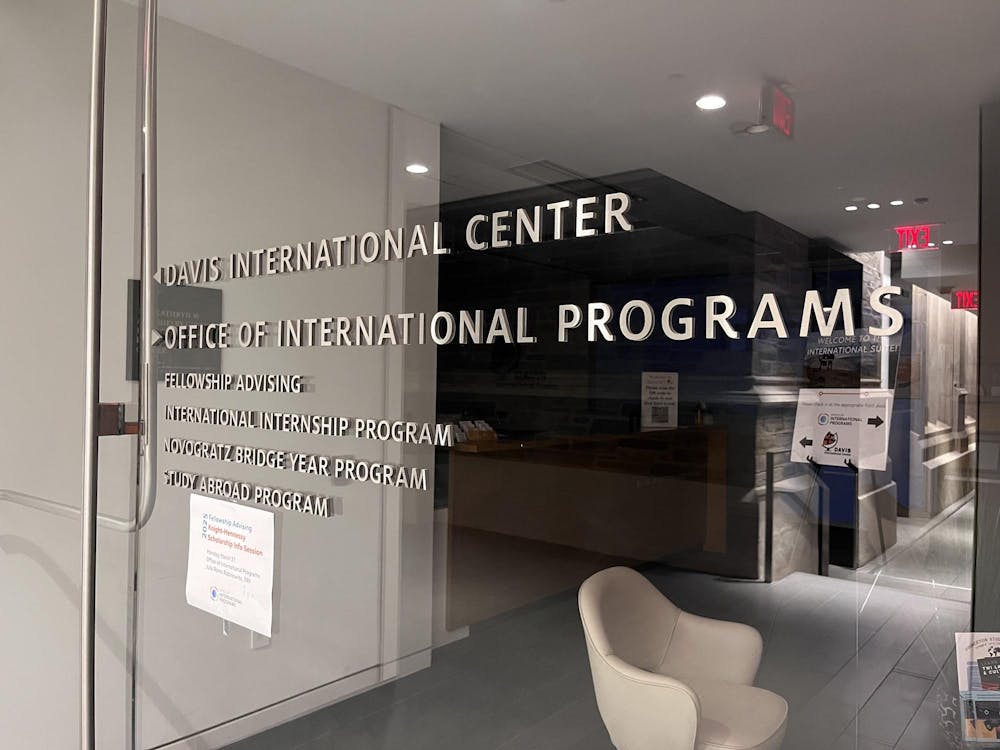In 1975, the old Princeton University Art Museum debuted an unusual exhibit from British artist Pamela Colman Smith that unearthed the pioneering occult artist out of obscurity.
Titled “To All Believers: The Art of Pamela Smith,” the exhibition opened on Nov. 4, 1975, in McCormick Hall, a wing of the old Art Museum building. Active in the early twentieth century, Smith is most famously known for the Rider-Waite-Smith Deck — a tarot deck that she illustrated and developed jointly with the scholarly mystic A. E. Waite in 1909, and which has since become the most popular tarot deck in the world. Smith’s rich imagination was no less remarkable in other aspects of her career, where she viewed paintings as revelations of spiritual visions.
Classical music inspired much of Smith’s art, as Laurie Kahn ’78 described in her report on the exhibition for The Daily Princetonian. Kahn’s article covered one watercolor inspired by Beethoven’s Sonata No. 11 and another personifying rain, drawn from Debussy. To supplement her article, Kahn included an untitled Smith painting of a billowy sea emerging as indigo mystical female figures with flowing hair, where another woman appears sitting amidst the foaming waves, her arms and transparent garment undulating under a deep blue starry sky.
This exhibition was monumental for Smith’s posthumous reputation. She disappeared from the public eye after 1920 and was largely forgotten following her death in 1951. She was rediscovered in the early 1970s thanks to William Innes Homer ’51, then a professor of Art History at the University of Delaware. Homer’s work on Smith captured the interest of his student, Melinda Boyd Parsons, who curated the first-ever posthumous exhibition of Smith for the Delaware Art Museum. Peter Bunnell, the director of Princeton’s art museum at the time, had done periodic research into Smith and brought the Parsons-curated exhibit to Princeton the same year.
The exhibition was exciting as “a wonderful example of the way in which entire areas of art are rediscovered and reappraised,” Kahn quoted Bunnell in her report.
Special exhibitions of this kind were not infrequent at the Art Museum during Kahn’s time at Princeton, as she recalled in a recent interview. However, Kahn remembers Smith’s exhibit as a particularly trailblazing one. “Not only was it occult art, but it was also by a female artist, which was rare at that time,” she noted.
Kahn added that many of the exhibitions were connected to Princeton, either because of the curator or the artist. This is also true at today’s new Art Museum. For instance, the American experimentalist ceramic artist Toshiko Takaezu, whose works are featured in the exhibition “Toshiko Takaezu: Dialogues in Clay” that opened last week, was a professor in Princeton’s Program in Visual Arts from 1967 to 1992.
Smith’s art is now part of other prominent museum collections. For those intrigued by her work, Special Collections at Firestone Library has a deck of her original tarot cards.

Yi (Chris) Xin is a contributing Archivist for the ‘Prince.’ Please send any corrections requests to corrections[at]dailyprincetonian.com.









